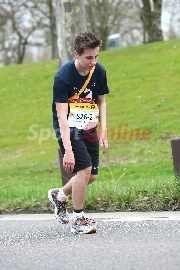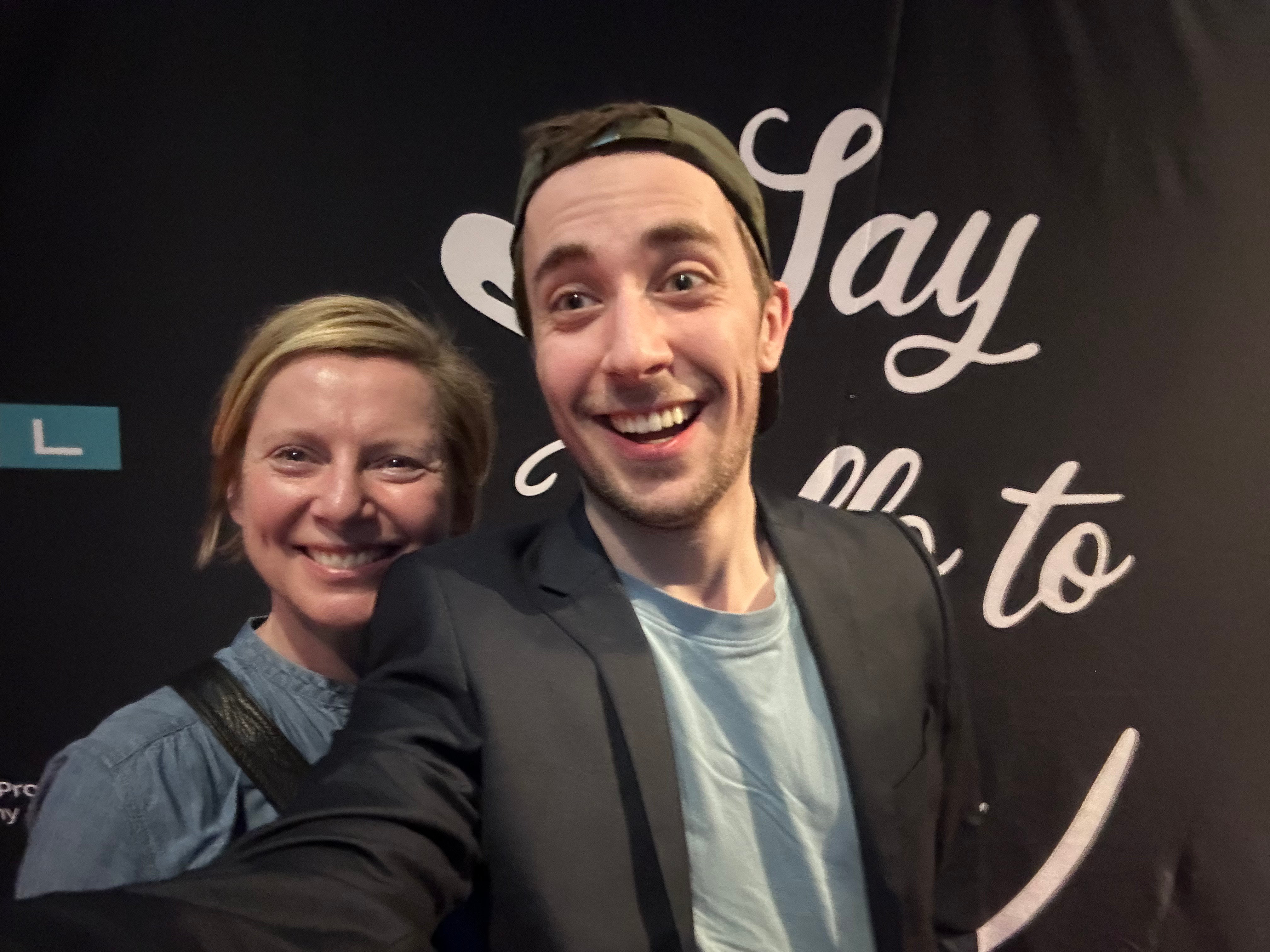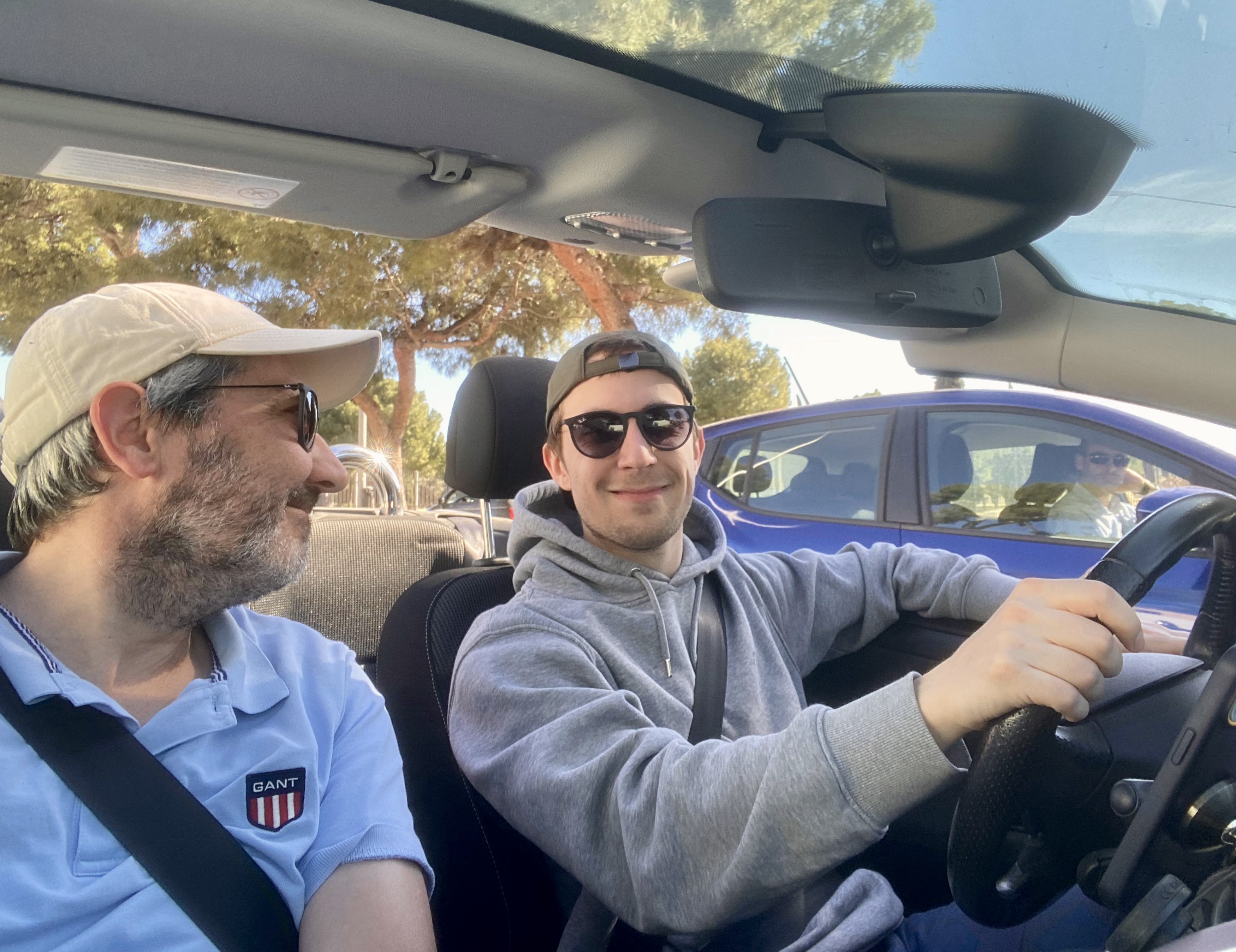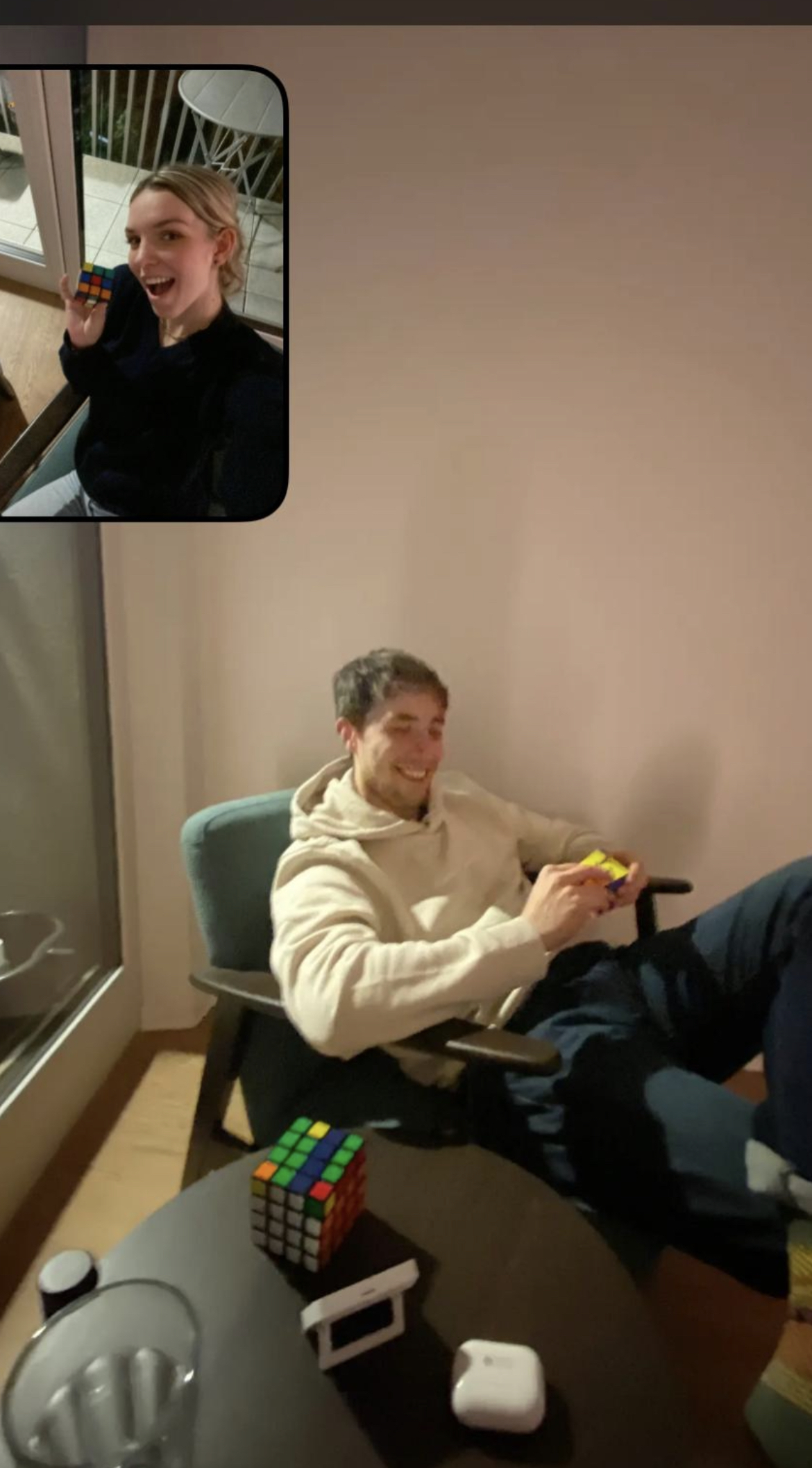Projects
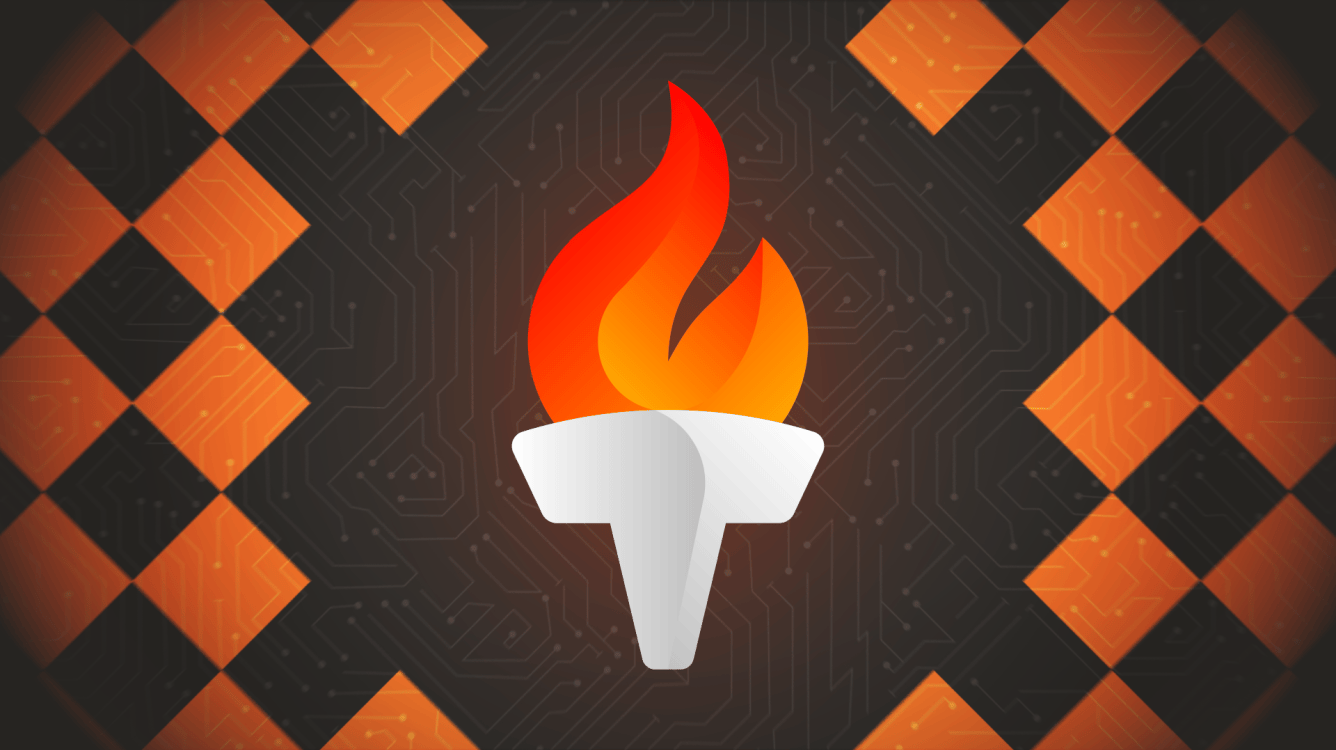
Torch chess engine
I am one of the core developers of the second best chess engine in the world as of 2024 while working with a small international group. The project has started in early 2023 and was initialised by Chess.com.

Koivisto chess engine
I have co-authored one of the strongest chess engines in the world while working with a small international group for two years. Development included numerical optimizations which lead to the implementation of multiple working neural network training frameworks.

3D Finite Element Solver
During my bachelor thesis, I worked on my own three-dimensional finite element solver for structural mechanical problems. I also learned the basics of HTML and Javascript and brought my C++ FEM solver into the browser. Now it's possible to analyse and optimise two-dimensional structures directly inside the browser

Topology optimization
As an extensions to my 3D-FEM solver, I implemented a topology optimization algorithm which effectively and efficiently optimises the material distribution inside solid mechanical objects. This option is also available inside the browser.

Neural network training framework for chess
For my chess engine to become one of the best in the world, I used the power of the general function approximators, also known as neural networks. To efficiently process billions of chess positions in a reasonable timespan, I coded a complete neural network framework from scratch in Cuda.

N-Body Differential equation simulation
As a fun project I coded up a small website which utilises 3D OpenGL to simulate custom nbody problems. It features an accurate representation of the solar system as well as any other non-collisional hamiltonian problem

Fully functional 3D engine
The dream of most programmers is a functioning 3D framework for small games. I took more than 2 years of my youth to code up such a framework for myself. It is very efficient and features some nice graphics like shadows and special texturing techniques. I used the knowledge from this project for my nbody-simulation website which also utilises OpenGL

Generalised neural network framework
To achieve high performance neural network training for generalised architectures, I have coded a second neural network framework. Its more flexible than the framework for chess at the cost of slightly slower runtime. It serves me to train various models as well as a playground for genetic and evolutionary algorithms

Raytracing engine
Beside working on a 3D graphics engine in OpenGL, I was always fascinated by light-transport algorithms for more realistic images. I implemented various light transport algorithms for trivial geometries, complex custom objects and fractals

Math equation generator
While taking a small break from studying, people were playing a mathematical card game which involved coming up with an equation that evaluates to 24 which uses 4 given values exactly once. Tired of losing this game, I coded up a tool to generate solutions to this problem.
